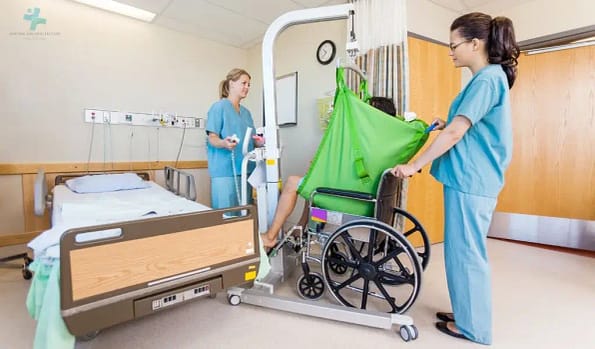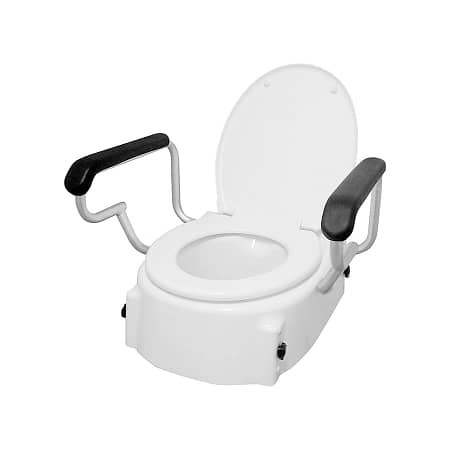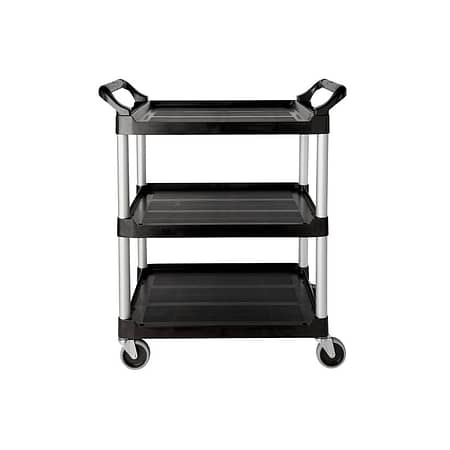Introduction to Transfer and Turner Aids
Transfer and turner aids are essential tools in healthcare settings, designed to facilitate the safe and efficient movement of patients with mobility challenges. These aids, encompassing devices such as sliding boards, transfer belts, turning discs, and patient lifters, leverage biomechanics to reduce physical strain on both caregivers and patients. By minimizing friction and enhancing leverage, they enable smoother transitions from one position or location to another, significantly reducing the risk of injuries. Their importance cannot be overstated, as they not only improve patient mobility and comfort but also support caregivers in providing high-quality care. In essence, transfer and turner aids are integral to promoting safety, independence, and dignity in healthcare environments.
How Transfer and Turner Aids Work
Transfer and turner aids are crucial in enhancing the mobility of patients while ensuring the safety and efficiency of caregivers. These aids work by incorporating principles of biomechanics, effectively reducing the physical effort required for patient transfers and minimizing the risk of injury.
Mechanism of Action
- Leveraging Biomechanics: Transfer aids are designed to work with the body’s natural movements. By using levers, pivots, and slides, these aids reduce the need for lifting, thereby decreasing the strain on both the patient and the caregiver.
- Reducing Friction and Effort: These devices typically feature surfaces or materials that minimize friction, making it easier to move a patient from one surface to another with minimal force.
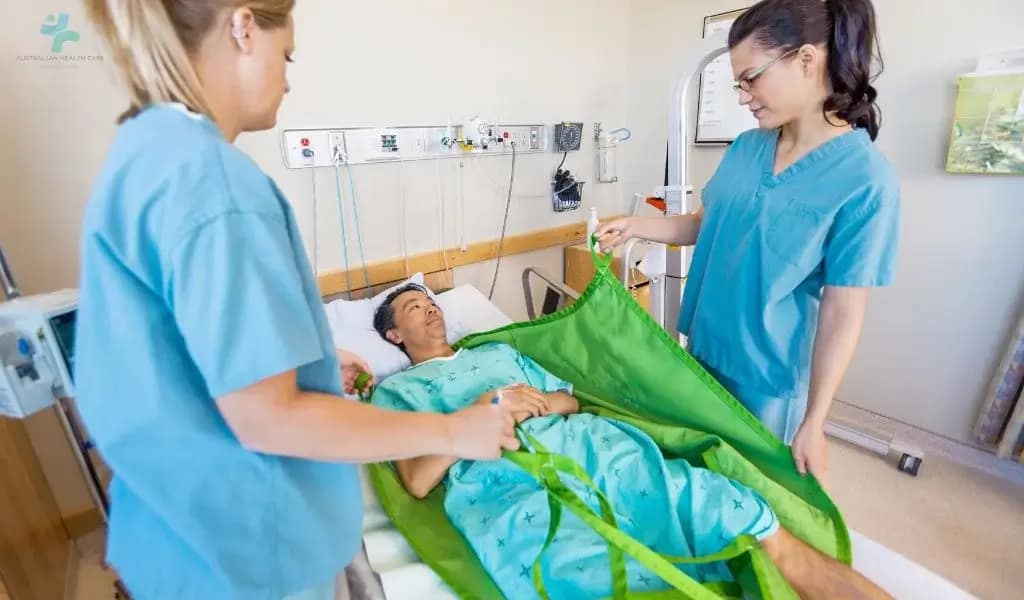
Types of Transfer and Turner Aids
- Sliding Boards: Flat, rigid boards used to bridge the gap between two surfaces, allowing patients to slide across with assistance.
- Transfer Belts: Belts that wrap around the patient’s waist, providing secure points for caregivers to grip and support the patient during transfers.
- Turning Discs: Rotating platforms that stand on the floor, helping patients turn and change directions with assistance.
- Patient Lifters and Hoists: Mechanical devices that lift patients vertically for transfers, ideal for those with very limited mobility.
Step-by-Step Guide to Using Transfer Aids
- Prepare the environment by ensuring ample space and removing obstacles.
- Position the aid correctly, ensuring it is securely placed and ready for use.
- Follow specific instructions for the aid, such as securing a transfer belt snugly or positioning a sliding board firmly between surfaces.
- Execute the transfer smoothly, maintaining communication with the patient to ensure their comfort and cooperation.
Safety Precautions and Best Practices
- Always assess the patient’s mobility level and choose the most appropriate aid.
- Conduct a risk assessment to determine the safest method of transfer for each situation.
- Regularly inspect and maintain transfer aids to ensure they are in good working condition.
- Train all users in the correct use of each aid to prevent accidents and injuries.
Incorporating these aids into patient care routines significantly improves the quality of care, facilitating safe and comfortable transfers while protecting caregivers from overexertion. Proper selection, usage, and maintenance of transfer and turner aids are key to maximizing their benefits in healthcare settings.
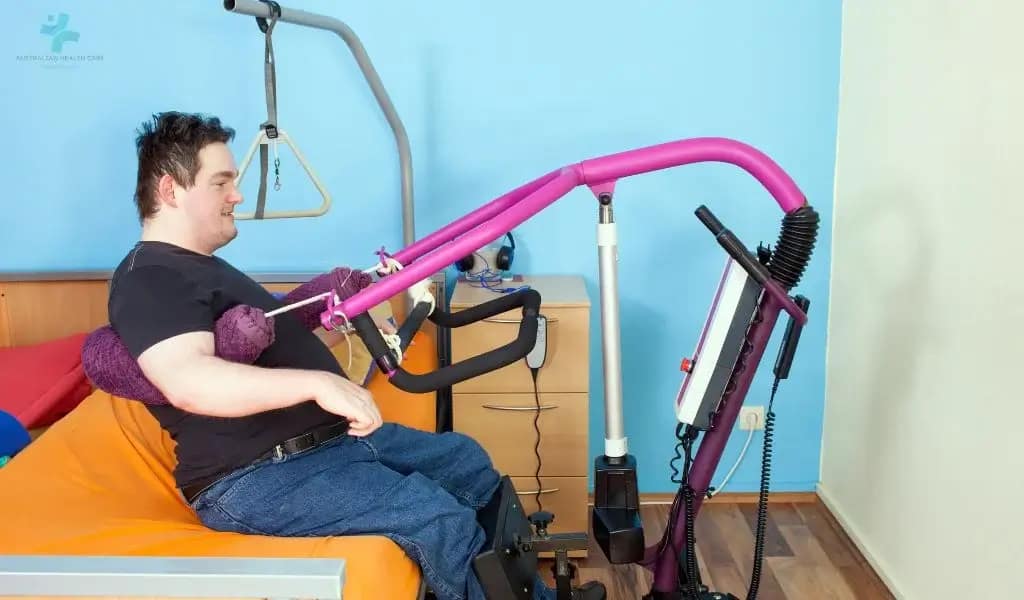
Benefits of Using Transfer and Turner Aids
Transfer and turner aids play a pivotal role in healthcare by enhancing patient mobility, reducing caregiver strain, and preventing injuries. These aids, including sliding boards, transfer belts, turning discs, and patient lifters, are engineered to make patient handling safer and more efficient. By leveraging biomechanics to minimize the physical effort required for transfers, they significantly lower the risk of injury for both patients and caregivers. Furthermore, these devices support a more dignified and comfortable experience for patients, facilitating smoother transitions and promoting independence wherever possible. Ultimately, the integration of transfer and turner aids into patient care practices is essential for improving the quality of healthcare delivery, ensuring both safety and comfort in patient handling tasks.
Selection and Maintenance of Transfer and Turner Aids
Choosing the Right Aid for Your Needs
Selecting the appropriate transfer or turner aid is critical for ensuring patient safety and caregiver efficiency. Key considerations include the patient’s mobility level—understanding their strength and ability to assist with the transfer—and the specific environment where the aid will be used. Factors such as available space, the type of surfaces between which transfers will occur, and the patient’s weight should guide the selection process to ensure the chosen aid is suitable and effective for the intended use.
Maintenance Tips for Longevity and Safety
Regular maintenance of transfer and turner aids is essential for their safe and effective use. This involves routine cleaning and inspection to identify wear and tear or any potential damage that could compromise safety. Additionally, professional maintenance checks should be scheduled according to the manufacturer’s recommendations to ensure all components are functioning correctly and to extend the lifespan of the aids. Following these guidelines helps maintain a high standard of care and ensures the aids remain reliable and safe for both patients and caregivers.
Case Studies and Success Stories
Real-World Applications in Healthcare Facilities
Case studies from healthcare facilities demonstrate the transformative impact of transfer and turner aids on patient care. In various settings, from hospitals to aged care homes, these aids have been instrumental in enhancing mobility for patients with diverse needs. For example, a hospital in Sydney reported a significant reduction in patient falls and caregiver back injuries after implementing a comprehensive training program on the use of patient lifters and turning discs. These real-world applications highlight the effectiveness of transfer aids in improving safety and quality of life for patients.
Testimonials from Patients and Caregivers
Testimonials from both patients and caregivers offer personal insights into the benefits of transfer and turner aids. Patients frequently express appreciation for the increased independence and dignity these aids provide, particularly noting the comfort and ease of transfers. Caregivers, including nursing staff and family members, have shared stories of reduced physical strain and enhanced ability to provide care. One caregiver noted, “Using a transfer belt has not only made moving my father safer but has also given him confidence in his mobility.” Such testimonials underscore the positive impact of these aids on the lives of both patients and caregivers.

